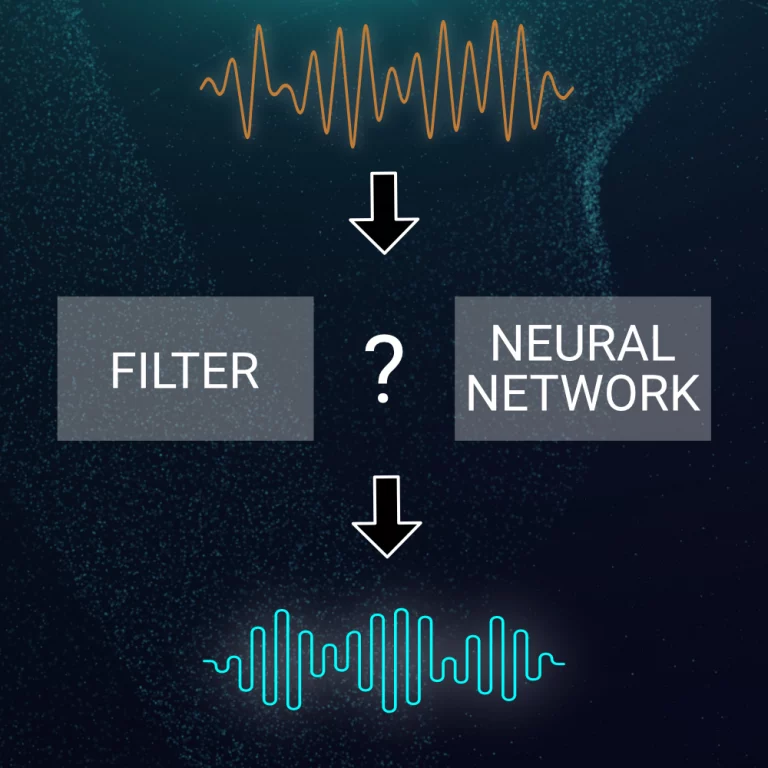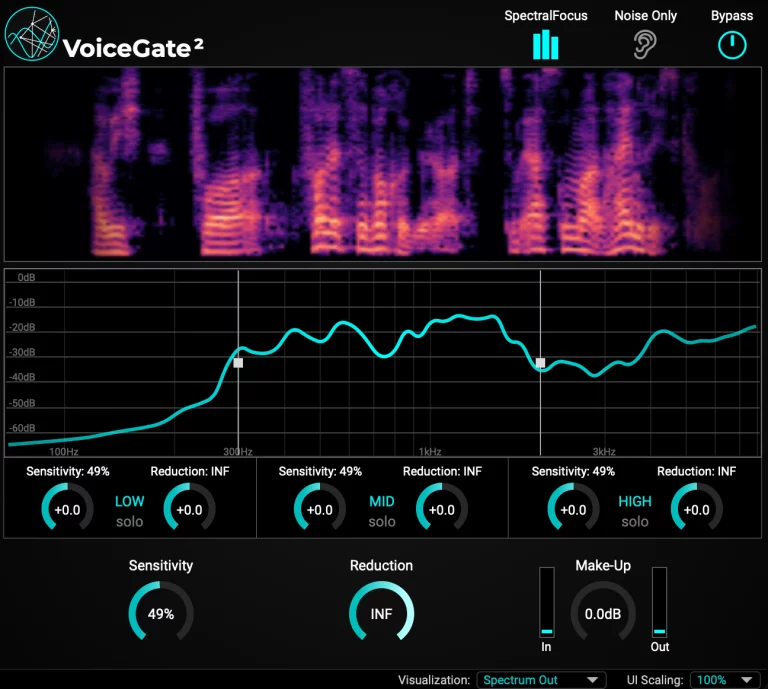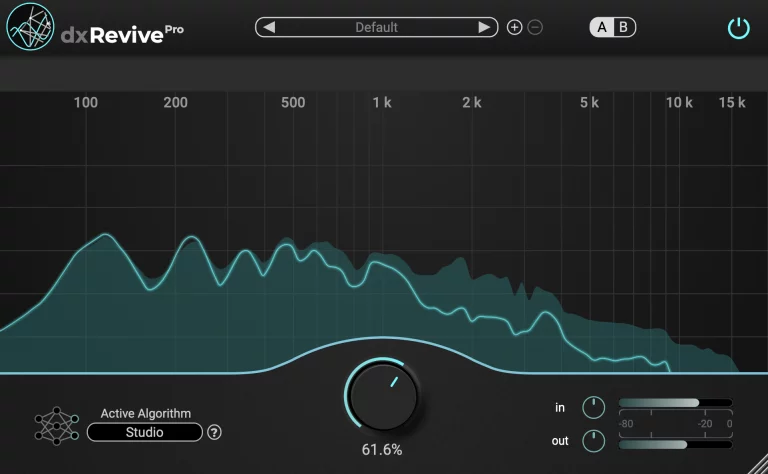A Brief History of Speech Enhancement
- January 6, 2024
- Technical
Refining audio quality has been a constant pursuit in the world of sound recording. Over the years, we’ve seen significant progress in recording technology, moving from analog to digital, accompanied by improvements in microphones and interfaces. While achieving clear and high-quality audio is essential, challenges like background noise and recording environment issues persist, calling for solutions to enhance audio in real-time or during post-production.

First Stage: Filtering based on a Noise Profile
In the early days, speech enhancement solutions relied on filtering techniques, using estimates of the noise floor. Essentially, by analyzing a segment of audio containing only noise, a filter (like the Wiener filter) could be created. This significantly improved the perceived audio quality based on the noise statistics present in the recording. Dynamic approaches also emerged, capable of tracking noise statistics live without needing a dedicated noise segment. These methods excelled with continuous or static noises but struggled when it came to sudden sounds like footsteps.
Second Stage: Neural Network powered Filters
The advent of artificial intelligence (AI) and machine learning brought about smarter solutions, employing Neural Networks to more accurately track noise statistics and effectively handle abrupt noises. This technological leap has been integrated into products like our Accentize VoiceGate plugin, showcasing remarkable noise reduction performance. Apart from the more intelligent noise estimation method, this type of speech enhancement solution is still based on a classical filtering approach.
Third Stage: Neural Network based Re-Synthesis
The next step in audio enhancement addresses situations where recording quality is exceptionally poor. Merely filtering out unwanted noises or reverberations becomes insufficient, as filtering alone can’t restore lost audio components. Enter generative AI approaches, capable of re-synthesizing missing elements. This method, theoretically limitless, can create an ideal recording from imperfect input speech, automatically applying EQ and compression for a polished, professional sound. Our latest plugin, Accentize dxRevive, embodies this transformative approach.
In the evolution of noise reduction software, we’ve explored three distinct approaches, each marking a significant stride in technology. It’s important to note that all three mentioned techniques still have their place in a dialogue editor’s toolkit. Depending on the use-case, one tool may be better suited than others, even more modern solutions. Despite these strides, the challenge remains in ensuring that enhanced audio sounds natural and avoids an artificial quality. Ongoing efforts are focused on optimizing solutions, and we’re enthusiastic about the future possibilities that will further refine and elevate the capabilities of intelligent audio plugins. As we actively engage in research and development, we look forward to pushing the boundaries of what can be achieved in the realm of speech enhancement.



